Shanghai is relatively affordable
When it comes to prices of accommodation, food, and public transport, Shanghai is closer to Bangkok than to Hong Kong. A day-pass on the metro costs less than a one-way ticket on the NYC subway. If you are willing to shun the restaurants with large English menus glaring from the windows, you have a delicious meal for less than the price of espresso in Rome. And tipping is not expected!
Don’t expect your credit card to work everywhere
While Shanghai is certainly a world-class city in most respects, you shouldn’t expect to use your credit card for every minor purchase. In fact, even most locals use WeChat Pay, which only works if you have a Chinese bank account or cash. You should plan on using cash unless you are visiting major tourist attractions, staying in international hotels or dining in upscale restaurants. If you want to exchange money in a bank, you’ll need your passport (not a copy). First, you’ll need to set up an account, which can take up to an hour (or more) if you include the wait time. Try to use a bank with multiple locations throughout the city, so your next wait time will be shorter, should you need to exchange again. Most places do not accept foreign currencies as a method of payment.
You won’t be able to use Google Maps
Google (along with Facebook, Instagram, Twitter, and others) is blocked in China. You won’t be able to download the offline Shanghai map from outside of China either. While that will prove to be an inconvenience for many, it’s important to remember that the travel industry didn’t start with the invention of smartphones and offline maps. You can get a paper map from the airport or train station like travelers have been doing for decades. If you want to be less conspicuous, there are Chinese apps you can use. Some use Apple Maps as well.
The metro can take you almost anywhere
At 676 km (or 420 miles), Shanghai has the world’s longest metro system. The system’s 345 stations will get you to almost anywhere in the mega-city. If you don’t feel like walking from the station to your destination, the cost of a short cab ride can be similar to the cost of a tube ride in London. Just be sure to have your destination written down in Chinese.
A one-day travel pass on the metro will cost you 18 RMB, which when converted to US dollars is just a few pennies under the cost of a single subway ride in New York. The regional train stations (as well as both major airports) are connected to the metro, so it’s best to buy the pass as soon as you arrive in Shanghai. Three-day passes cost 45 RMB or around $6.75.
Join free walking tours at the beginning of your trip
Free walking tours are an ideal way to get your bearings in any new city. It’s most practical to join them early in your trip. That way, you can learn more about your destination early on. Free Tour Asia offers multiple walking tours with enthusiastic guides, who speak good English. Although they are supposed to be “free,” most guests leave tips, some of which can up upwards of the cost of many similar paid tours.
Food tours are an ideal way to get acquainted with the local cuisine
When you visit your local Chinatown, you don’t only see “Chinese” restaurants. That’s because Chinese food varies by region. In major metropolitan areas like New York, London, Los Angeles, etc., you can find Shanghainese restaurants. Join a food tour if you want to eat like a local. Lost Plate offers both morning and evening tours and they will take your dietary restrictions into consideration.
Avoiding pork can be a challenge
Avoiding pork is not easy in Shanghai. Although Shanghai is mainland China’s most international city, dietary restrictions are not first and foremost in the minds of those who run street carts, cafes, restaurants, etc. For example, many soups may not contain actual pork meat, but some will use pork broth as a base. Your best bet for avoiding pork is to either dine in (typically pricier) restaurants with English menus or Muslim restaurants. The famous Shanghai soup dumplings almost always contain pork. Even the crab and/or shrimp ones tend to be half pork. One notable exception is a small chain, called Yang’s Dumplings. Their shrimp dumplings are really just shrimp dumplings. The bottoms are fried in oil, resulting in a deliciously juicy and flavorful soup dumpling.
Bicycles and motorbikes don’t always obey the traffic laws
Shanghai appears to be very orderly with it’s NYC-like heavy police presence. Generally speaking, it’s a very safe city in terms of street crime. However, pedestrians should beware of the speeding motorbikes and bicycles. You’ll find locals peddling by you on many of the sidewalks so its best to always walk in a straight line. Motorbikes often keep going after the traffic lights turn red, so look both ways when crossing the street even if the pedestrian light is green.
You’ll have to get used to the smog
While Shanghai is not considered one of China’s most polluted cities, the air quality is still poor by western standards. For example, as of 2018 Shanghai ranked 248th in the World Health Organization’s list of the world’s most polluted cities. Of the top 500 in that list, more than half are in China. This is bad news for your lungs and for your camera, as views of the impressive Pudong skyline can often be obstructed by smog. If you plan to do a lot of walking, you can take to wearing a mask as many of the locals do.
Watch out for second-hand smoke
While you’re looking out of speeding bikes with one eye, watch out for second-hand smoke with the other. China is the world’s largest producer and consumer of tobacco and more than one-third of adult males in Shanghai are estimated to be smokers. Although most indoor facilities are now smoke-free, the sidewalks are certainly not.
Don’t engage the massage merchants in the streets
Outside of your higher end hotels, you may be harassed by an individual or small group looking to sell you a “nice” or “very good” massage. It’s usually a man, but sometimes, a woman or two may be there as well. Those services are illegal. As a rule of thumb, they will stalk foreigners. The more you engage with them, the more they will follow you. If you show them that you’re not interested, they are likely to wait until they see another possibly affluent foreigner.
Try to get a ten-year tourist visa
As of 2019, the cost for a tourist visa to Mainland China is $140. That’s regardless of whether you get one year or ten. The consulate staff has the final say, but you can state in your application that you plan to return.

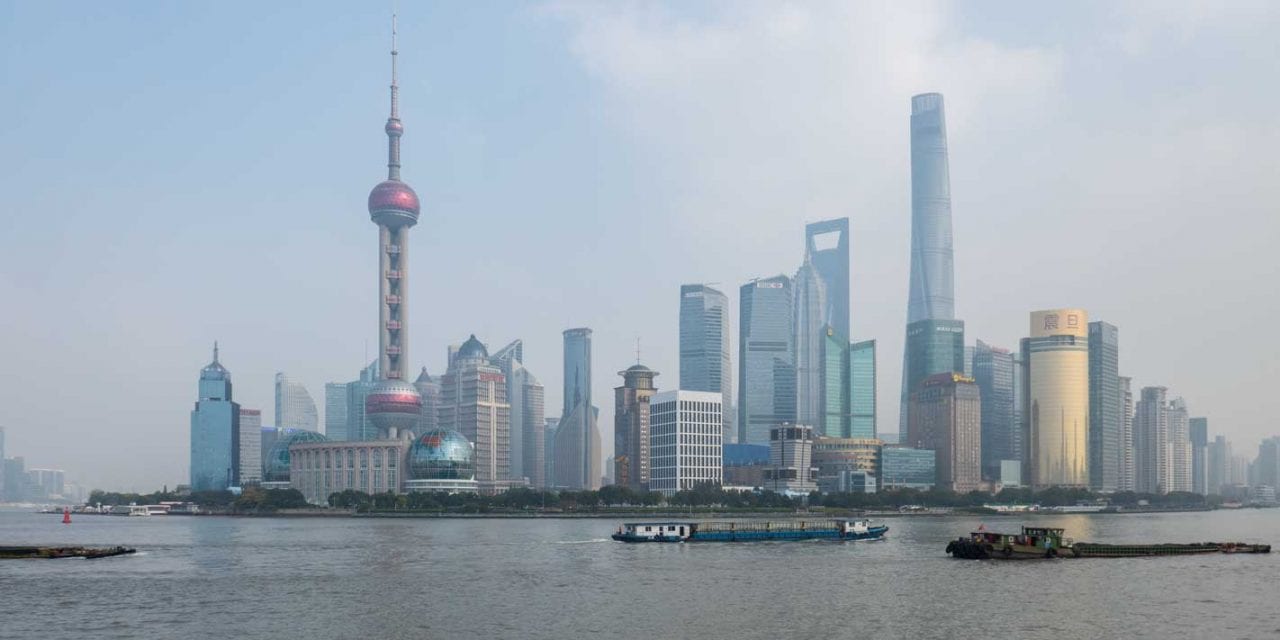

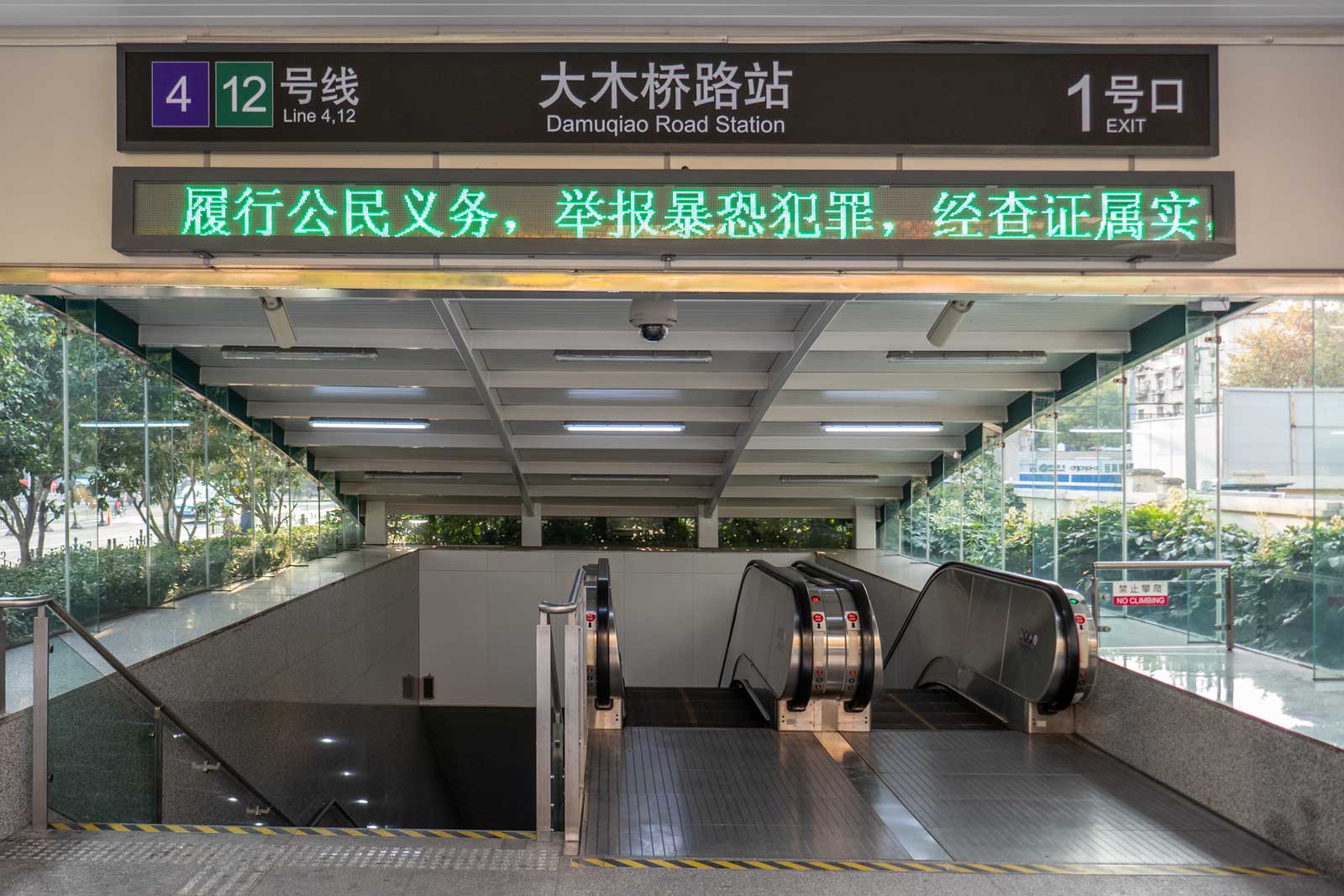
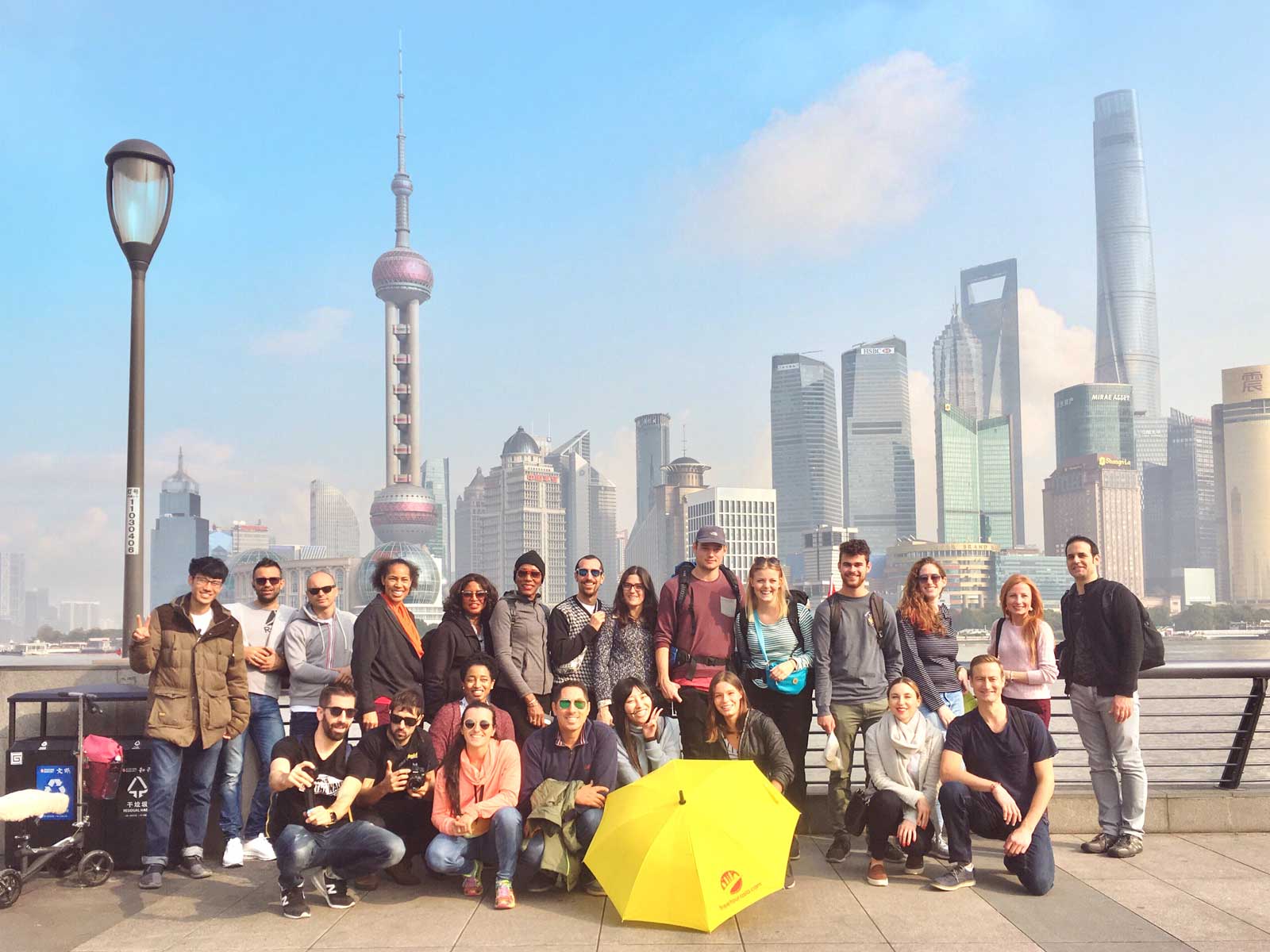
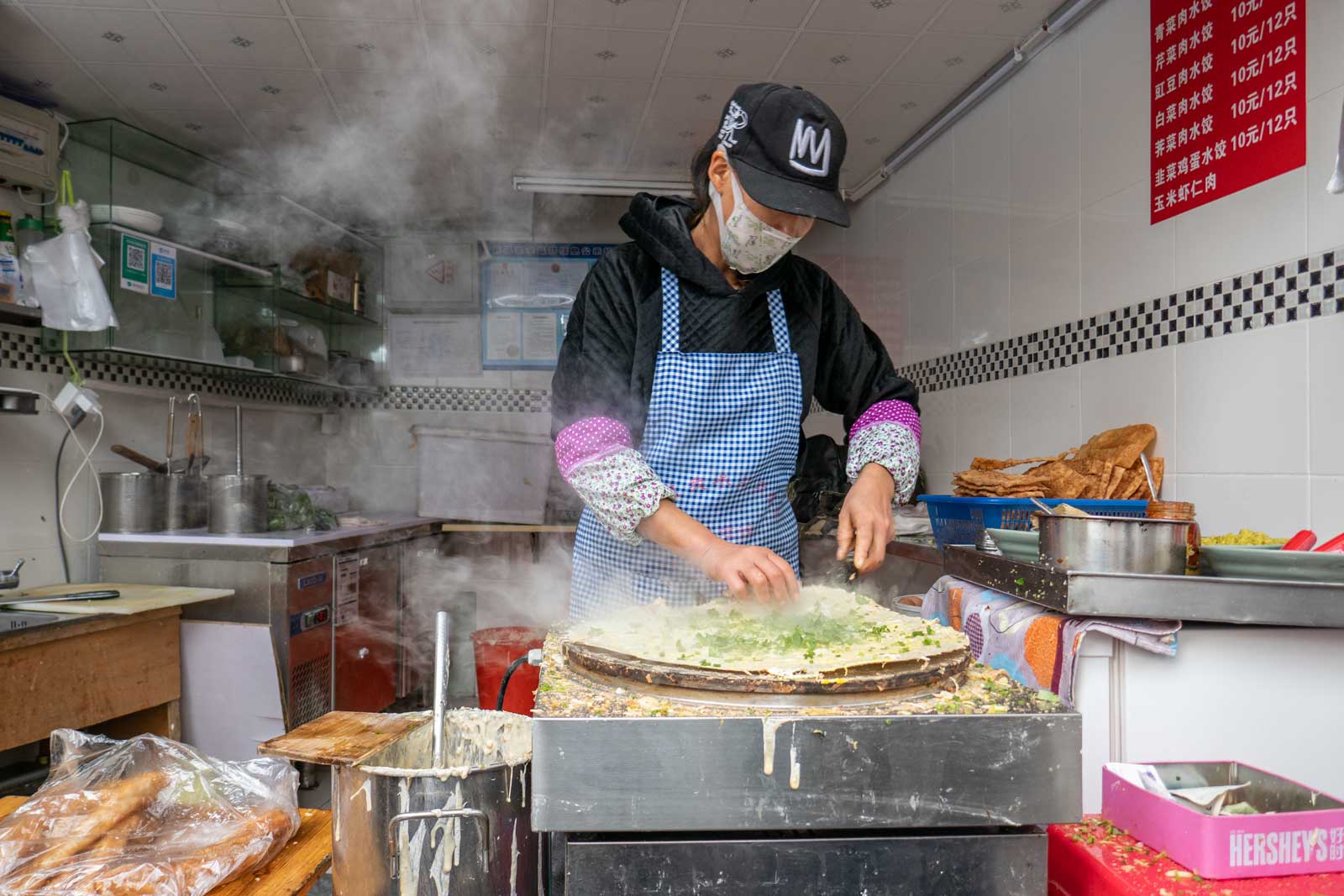


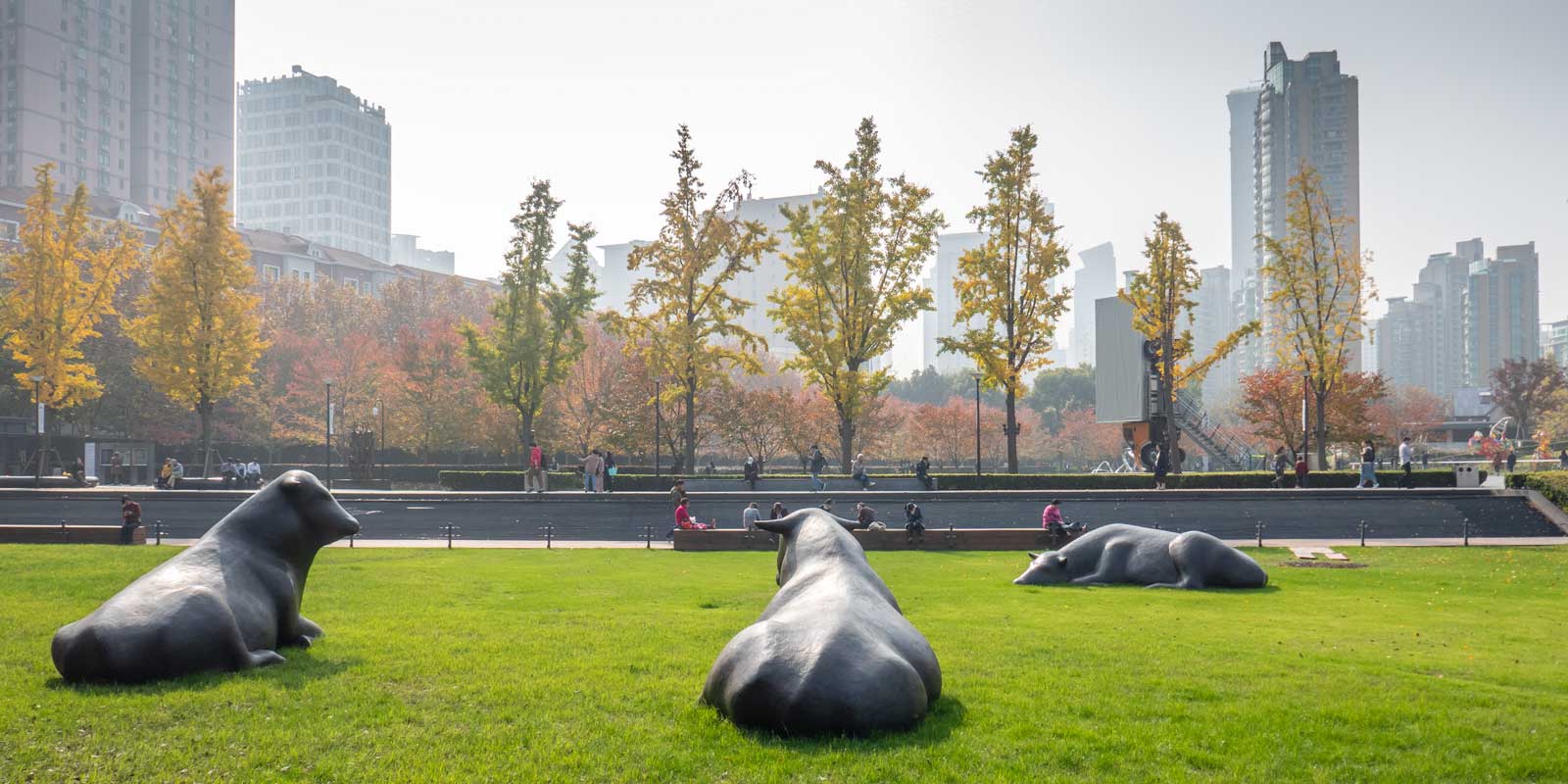
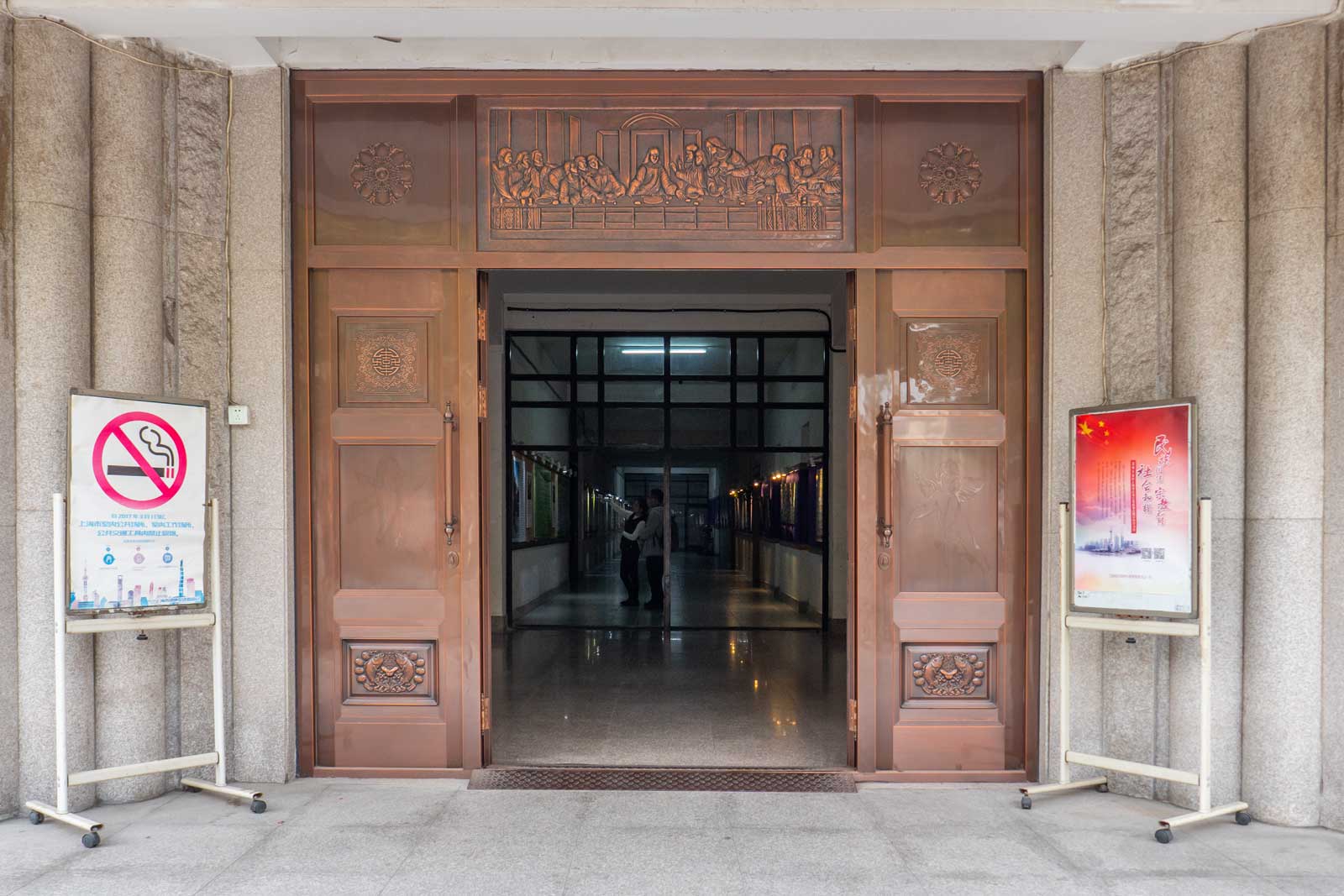
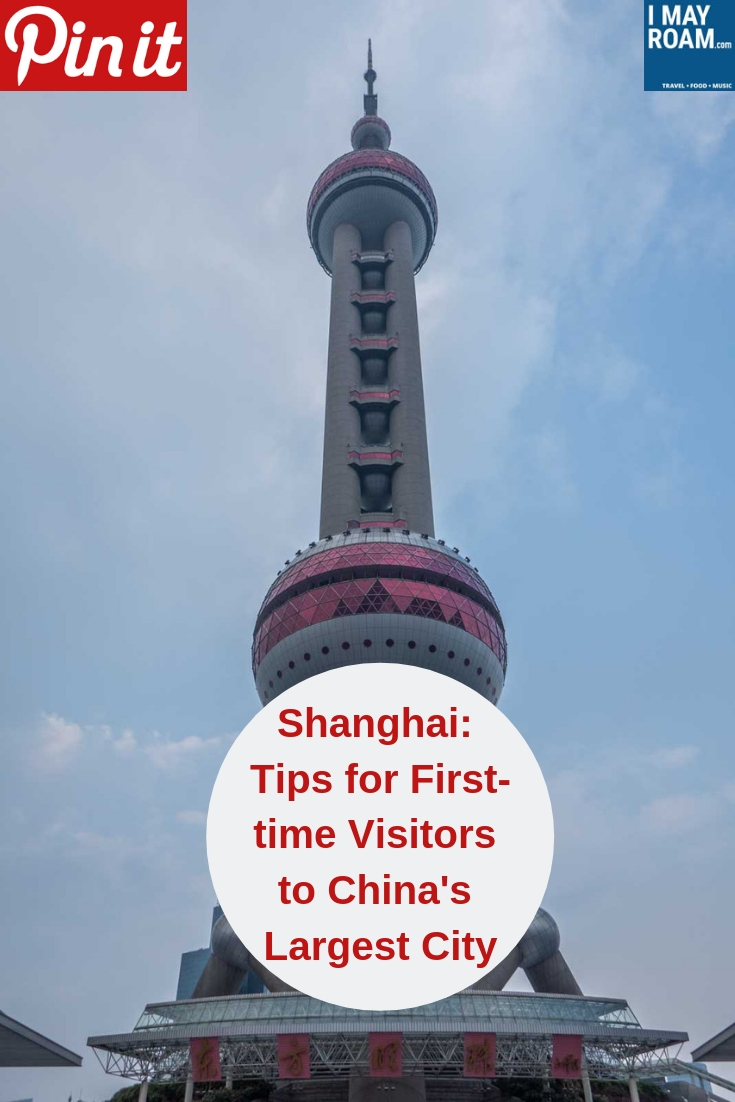





I’d love to go on a food tour. That sounds so fun and a great way to explore the area. Also, great tip about not having access to many apps like google maps. I’m so used to having these when I travel that I forget China is different. I’m also happy to see it is more affordable than Hong Kong. I used to live in HK and it’s not cheap there.
Hi Candy. I visited Hong Kong 10 years ago and remember bragging about finding a room near the walk of fame for the equivalent of $70 US per night.
I like the fact that you can only use paper maps. It would be like going back in time when we used to travel this way and maybe we were a little smarter than today 😀 I would love to join a food tour as I’m a big fan of Chinese cuisine!
I highly recommend Lost Plate.
The massage merchants sounds absolutely bizarre! Does anyone want a massage from a stranger in the middle of a street?? Anyways, lots of good recommendations and advice.
Well, they are trying to lure you into one of their rooms. Or they want to join you in yours.
These are great tips! I love Shanghai and I can’t wait to go back. I’ve been craving Shanghai soup dumplings for months!
Yes, when I go back, I’m heading directly to Yang’s!
Very interesting! I didn’t realise you couldn’t use Google Maps in Shanghai. I wouldn’t know how to get around without my offline maps. I think it would be great to try a food tour there,
Hi Sara. I think your survival instincts would kick in!
Crazy that you can get a metro day pass in Shanghai, for less than a one way ticket in NYC. I love that I lived in NYC for several years, it makes everywhere else seem so much cheaper 🙂 I would like to visit Shanghai, but I have to admit it would be hard not having access to google and other social media online for work.
Well, there is a way people get around it. And they may lift the ban by the time you visit.
That’s a lot of information about Shanghai good enough for a first-time traveler to the city. It’s useful to know that using metro card for a day is better and also to know about the over usage of pork almost in every food – I have to be careful while ordering food there. Also I found the bank information useful.
Hi Shreya. Yes, the metro has more miles of tracks than any other system in the world.
Pretty cool. I would like to give Shanghai a try, especially some sort of a food tour would be nice thing to start with. I think I know the basics about traveling to Shanghai now.
The breakfast food tour was the most interesting for me. Dim sum is the closest I’d had to Chinese breakfast before my trip to Shanghai.
I would LOVE to visit Shanghai. I’ve been to China, but haven’t been to Shanghai sadly, and you’ve just convinced me that I need to change that!
Chris, which cities did you visit in China?
Wow! Shanghai sounds fascinating.
Just make sure you have your destination written in Chinese for the cab drivers.
Thank you for this information about Shanghai. I did not know that Google Maps is blocked in China.
My trip would have gone so much more smoothly if I had Google Maps. But the taxis were super affordable.
Great tips! I remember when I got out of the subway stop in the downtown Shanghai area all the “sellers” were super aggressive. They would walk with you and try to sell you everything from massages, tours, taxis, tea and it can be overwhelming.
Hi Daniel. I definitely remember the massage pushers. Really annoying!
These are great suggestions! I have never been, but will keep these in mind in case I get to. My favorite part of travel is trying new foods. And I love Chinese! So the food tour would be my favorite.
Dumplings are huge in Shanghai. Yang’s were my favorite. They had multiple locations.
I can’t can’t can’t wait to go to Shanghai, i keep on hearing how amazing it is!!! Soon, i hope, soon…
I’m really glad I didn’t rush. Nine days there and I was able to something different every day and still feel like the city was worth revisiting at the end of the trip.
Hello, Neat post. There is an issue together with your website in web explorer, might
test this? IE nonetheless is the market chief and a good portion of people will omit your
magnificent writing due to this problem.